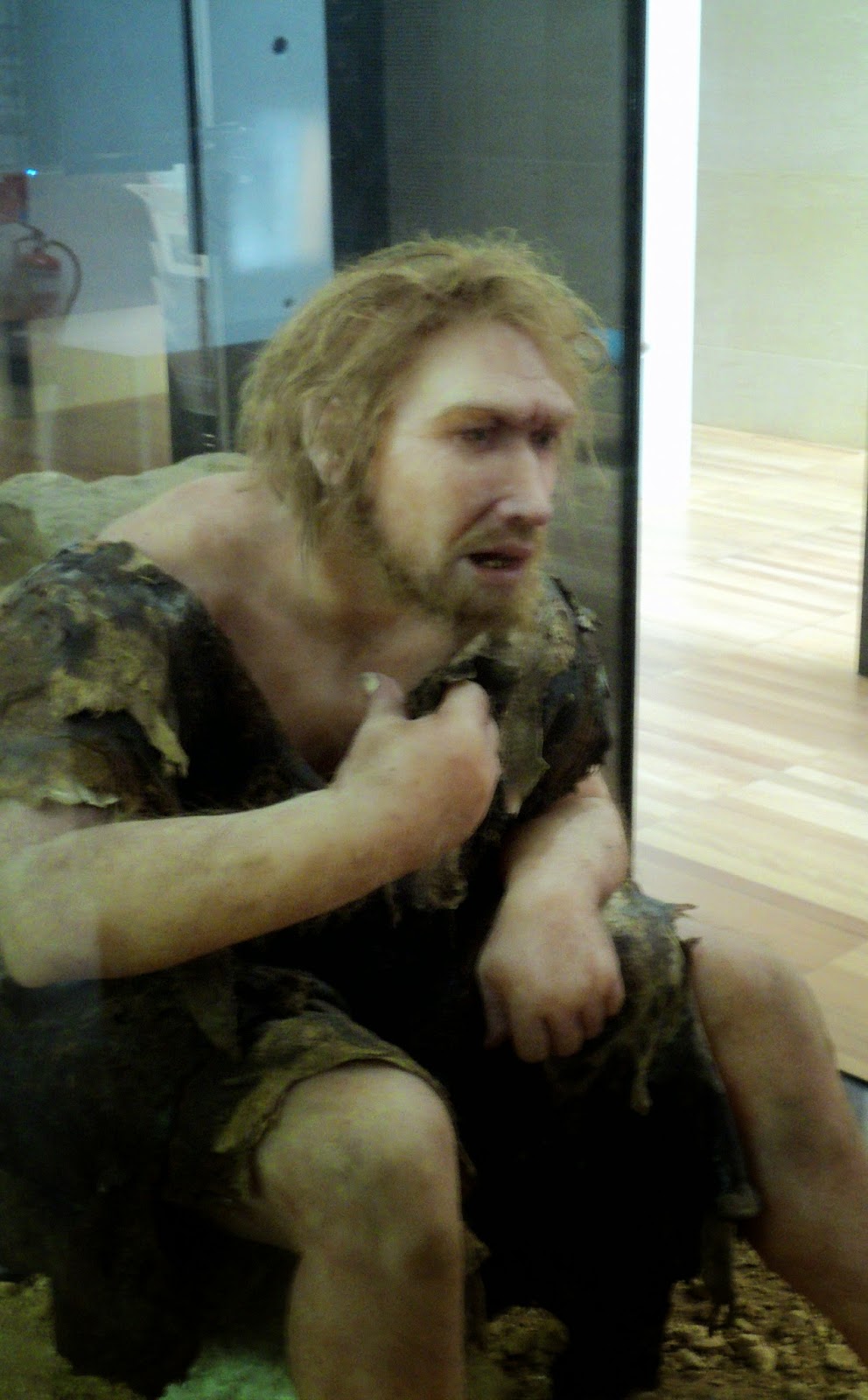Before I close this blog, I have a few more additions, because this is a record for Kevin and me, as well as a communication between friends.
Although I have written of exploring the prehistoric caves in the Dordogne, it strikes me that the description makes it sound as though it were just one more experience on our trip. It was really much more than that. I have seldom been so profoundly affected by a site than I was by the caves at Font de Gaume and Pech Merle. I am now doing further reading on these caves, the Chauvet Cave (elsewhere in France), and the cave painters. I am intrigued by their mysteries and wonder if we will ever know why they made the paintings and the symbols, for intriguingly, there are symbols as well as the artwork. When you consider that the style of painting seems to have changed very little from the time of Chauvet (about 30,000 years ago) to Lascaux (about 14,000 to 16,000 years ago), the implications are enormous, for they had to have had a language and culture to pass down those thousands and thousands of years. We have tended to see these people as primitives, but, in fact, they must have been very much like us. I was particularly affected by seeing the handprints in the caves--I nearly had chills running down my spine--and when I later found out that those hands were female (as are 75 percent of the hand images in all the prehistoric caves), I was captivated. I want to know more.
Yet another magical moment was a classical concert we attended at Sainte-Chapelle, the 13th Century royal chapel that has probably the most extant medieval stained glass. The chapel is lovely in itself, but to sit there, as we did, as the late evening sun filtered through the glass, listening to a violin quartet play Pachelbel, Mozart, and others was such an intense pleasure. The highlight was hearing a soprano sing both the Schubert and Gounod versions of Ave Maria. (I sadly have lost my program and have forgotten her name.) While I thought I preferred the Gounod version, hearing her sing the Schubert with such incredible control and delivery brought tears streaming down my face. I don't think Kevin will mind if I tell you that he also had tears in his eyes.
There are many highlights of our trip, which I have shared, and nothing means more than our visits with family and friends, but the most moving experiences for me in France were the visits to the prehistoric caves and the concert at Sainte-Chapelle. I hope to remember them always.











































